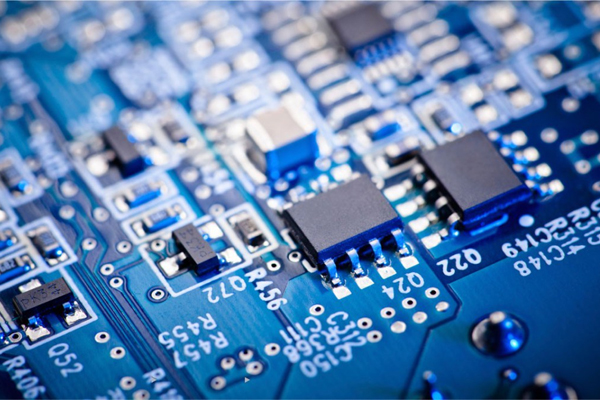



|
Tweet
Pin
It
|
At present, India has huge potential in the market. India's chip industry is growing at a rate of 20 per cent annually. There are over 160 Chip design firms in India-the vast pool of talent and growing domestic market has helped the country emerge as an important centre for chip design. The increasing demand for consumer electronic items has opened up a range of career opportunities in chip design industry.
There is no dearth of job for chip designers in India. In fact, the demand is in excess when compared to supply. All the NITs and IITs totally produce only one fourth of the demand annually. To address the shortage of engineers possessing the right skills, the Indian government has set up a special manpower development programme (SMDP) in this area and spent a huge amount to introduce VLSI in institutes like NITs and IITs.
Some of the major recruiters are Texas Instruments (TI), PMC Sierra, Alliance Semiconductor, Analog Devices, Cadence, Synopsys, Cypress Semiconductor, HCL Technologies, Intel, Micron Tech, Philips Semiconductor, Qualcomm, Wipro, eInfochips etc.
The hierarchy of jobs in chip designing are many, so one has wider options to choose from. The architecture team is at the top of the ladder as they design the chip. The logic design team then implements the defined design in a high level language. The circuit design team synthesizes the logic description into a circuit. The physical design team form a layout of the chip, which is used to produce masks for the final manufacture of the chip. Then comes testing and verification.
Depending on whether a candidate is a fresher or an experienced professional, his role in the organisation could range from a technical individual -contributor to a technical leader to an engineering manager. Freshers are naturally given the grind - work of testing, but as you gain experience, you move up the ladder to the ultimate goal - designing or architecting a chip.
Options
The main job functions in this industry are Design, Production, Testing, Applications and Process Engineering.
Design Engineer : Takes specifications, defines architecture, does circuit design, provide consultancy for layout, tapes out the chip to the foundry and evaluates the prototype once the chip comes back from the lab.
Product Engineer : He is responsible for production release and is therefore regarded as a team leader of the project. He ensures manufacturability, develops characterization plan, assembly guidelines, quality and reliability plan. He evaluates the chip with the design and verification engineer, through characterization, from the reliability qualification and manufacturing yield, point of view (statistical data analysis).
Test Engineer : Develops test plan for the chip based on specifications and data sheet, creates characterization and production program for the bench test or the ATE (Automatic Test Equipment), designs test board hardware, correlates ATE results with the bench results to validate silicon to compare with simulation results. The work of Product and Test engineer are interdependent. Test engineer work closely with Product engineer to ensure smooth release to production and post release support.
Applications/Systems Engineer : Defines new products from system point of view at the customer's end, based on marketing input. His mission is to ensure the chip works in the system designed or used by the customers, and complies with appropriate standards.
Process Engineer : This is a highly specialized function which involves new wafer process development, device modeling and lots of research and development projects.
Packaging Engineer : This is another highly specialized job function generally part of System Engineering team. He develops precision packaging technology, new package designs for the chips, does the characterization of new packages, and does electrical modeling of the new designs.
CAD Engineer : This is an engineering function that supports the design engineering function. He is responsible for acquiring, maintaining or developing all CAD tools used by all other engineers. He is supposed to evaluate and integrate new tools in the company specific flow.
Find it Useful ? Help Others by Sharing Online
Comments and Discussions |
Related
Career Options
|
|||
|
|